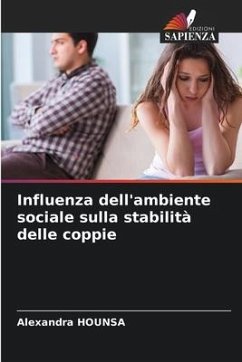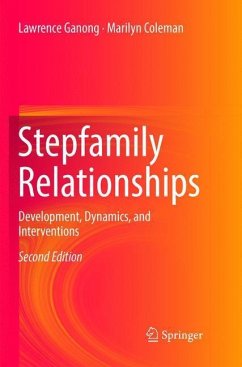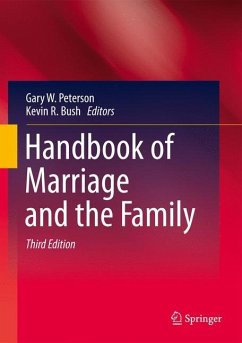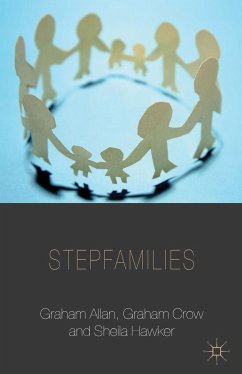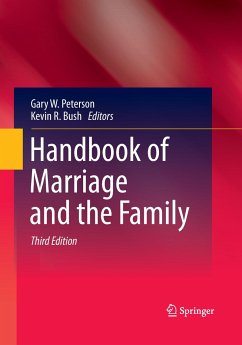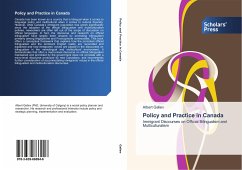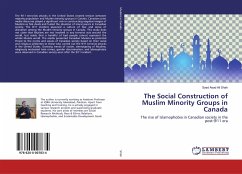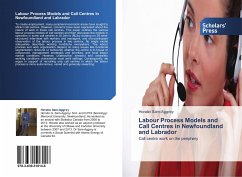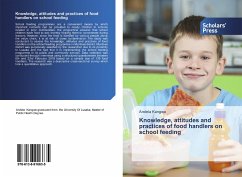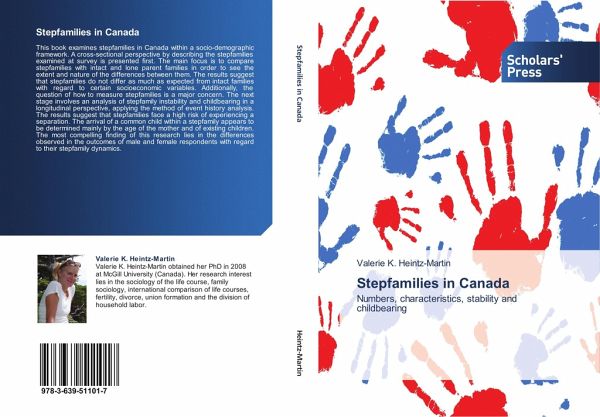
Stepfamilies in Canada
Numbers, characteristics, stability and childbearing
Versandkostenfrei!
Versandfertig in 1-2 Wochen
52,99 €
inkl. MwSt.

PAYBACK Punkte
26 °P sammeln!
This book examines stepfamilies in Canada within a socio-demographic framework. A cross-sectional perspective by describing the stepfamilies examined at survey is presented first. The main focus is to compare stepfamilies with intact and lone parent families in order to see the extent and nature of the differences between them. The results suggest that stepfamilies do not differ as much as expected from intact families with regard to certain socioeconomic variables. Additionally, the question of how to measure stepfamilies is a major concern. The next stage involves an analysis of stepfamily i...
This book examines stepfamilies in Canada within a socio-demographic framework. A cross-sectional perspective by describing the stepfamilies examined at survey is presented first. The main focus is to compare stepfamilies with intact and lone parent families in order to see the extent and nature of the differences between them. The results suggest that stepfamilies do not differ as much as expected from intact families with regard to certain socioeconomic variables. Additionally, the question of how to measure stepfamilies is a major concern. The next stage involves an analysis of stepfamily instability and childbearing in a longitudinal perspective, applying the method of event history analysis. The results suggest that stepfamilies face a high risk of experiencing a separation. The arrival of a common child within a stepfamily appears to be determined mainly by the age of the mother and of existing children. The most compelling finding of this research lies in the differences observed in the outcomes of male and female respondents with regard to their stepfamily dynamics.



